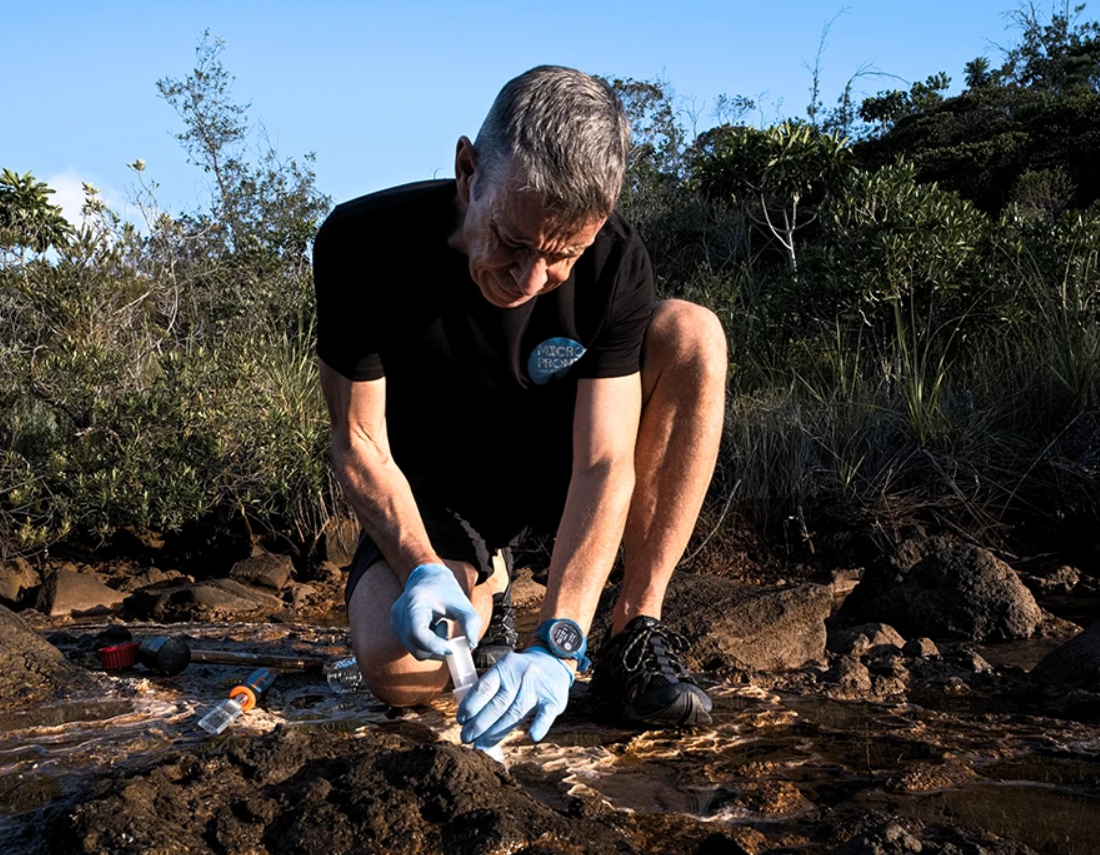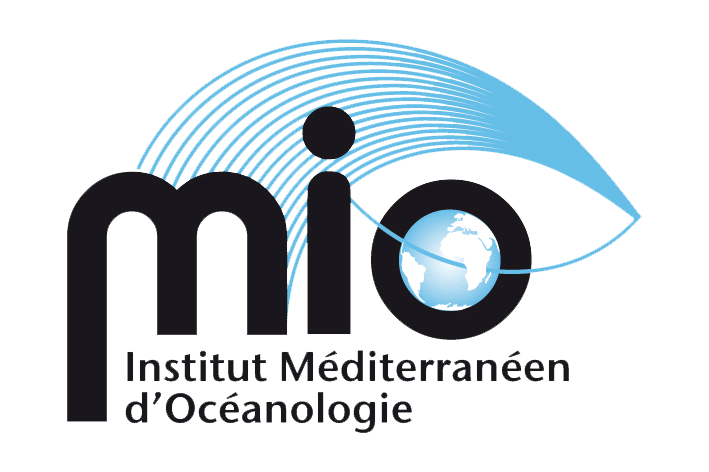Article published on the Nature website - 10 April 2023
Microbiologist Gaël Erauso from the MIO's SEM team is studying deep-sea micro-organisms to understand how they evolved from prebiotic organic molecules billions of years ago.
When I started my PhD at the Roscoff Biological Station in 1989, I joined a laboratory where I began studying extremophiles - organisms that can cope with harsh conditions, such as high temperatures or extreme pH values, that no other form of life can survive. These hostile environments are characteristic of hydrothermal systems, such as vents in deep or shallow waters.
At the time, there were no prior methods or even appropriate laboratory equipment - the word 'extremophile' was not widely used. I had to create my laboratory from scratch and eventually identified a species from a deep-water hot spring in Roscoff, France.
About ten years ago, I started working with geologist Bernard Pelletier after he told me about the discovery of a hydrothermal 'vent' in Prony Bay, in the south of New Caledonia, a French territory in the South Pacific Ocean.
A chimney is a porous tower formed by the accumulation of minerals that percolate towards the surface when heated fluids from the depths of the ocean meet cold seawater. I'm still involved in this research.
In this photo, I'm taking samples of this heated fluid. Our research group is studying the micro-organisms present inside the chimney and in the fluid. We are trying to decipher the workings of this microbial ecosystem and identify the source of energy that powers the cells that live there. We are sequencing all the genetic material present in the water and in the micro-organisms that live there. It's a puzzle with thousands of pieces.
This research is helping us to better understand what life is and what might be the proof of it. These environments are the best analogues of those that existed 4.3 to 4.5 billion years ago, when prebiotic organic molecules gave rise to the first forms of life.
Our work could therefore help us to identify the events at the origin of life here and on other planets.
Nature 616, 404 (2023)
Read the article

Credit: Jacopo Pasotti for Nature




